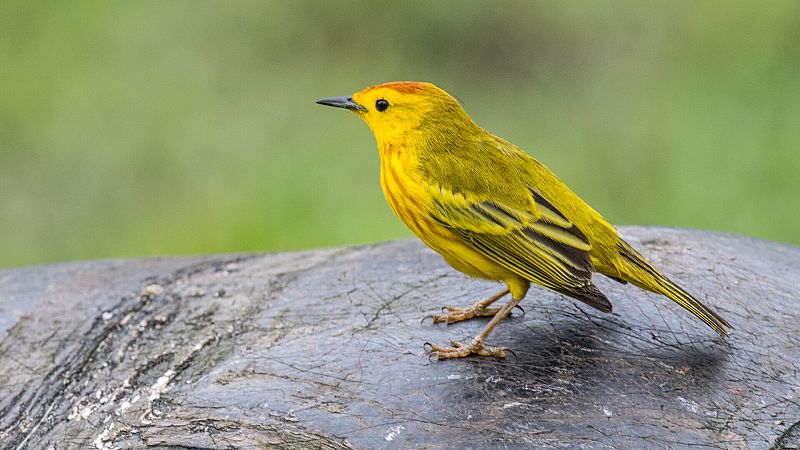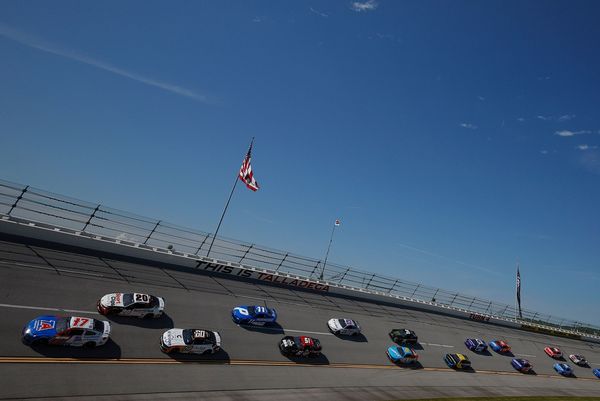
If traffic makes you feel irritated or aggressive, you aren’t alone. New research has revealed that birds in the Galápagos are suffering from human-induced ‘road rage’.
A study published in Animal Behaviour found that male Galápagos yellow warblers – a songbird found across the archipelago located about 800 kilometres off Ecuador – living near busy roads react with heightened aggression when exposed to traffic noise.
With humans coming into ever-closer contact with wildlife, the findings put the hidden impact of noise pollution in a new light.
How fast is the Galápagos growing?
Since Charles Darwin developed his theory of human evolution following an 1835 trip to the islands, the Galápagos have been viewed as a sanctuary for wildlife. But a huge increase in human communities since then has left a mark on native species.
The permanent population has jumped from just 2,000 in the 1960s to about 32,000 today. It’s still growing by about 6 per cent each year.
More than 200,000 tourists also visit the archipelago annually.
This growing human presence has led to more vehicles on the roads. But until now it was unclear how traffic noise affected the islands’ animals.
How does traffic noise impact birds?
The research team from Anglia Ruskin University (ARU) and the Konrad Lorenz Research Centre at the University of Vienna conducted their study by observing 38 male yellow warblers across the islands of Santa Cruz and Floreana. About half were located within 50 metres of the nearest road. The other half were over 100 metres away.
The researchers used speakers to play two recorded soundtracks on different days. One played only the song of another male Galápagos yellow warbler, a sound that would simulate an intruder, while the other also featured traffic sounds. Then, they recorded how the birds reacted to the noises.
The birds living closer to roads behaved more aggressively, swooping into the speaker and making repeated flights across it – a manoeuvre that could mean the birds were preparing for a fight, the research team said.
“Our results show that the change in aggressive responses in yellow warblers occurred mainly near roads,” Çağlar Akçay, a co-author of the study and senior lecturer in behavioural ecology at ARU, said in a press release accompanying the study.
“We also found some evidence of birds trying to cope with noise by adjusting their song, with yellow warblers in all habitats increasing the minimum frequency of their songs to help them be heard above the traffic noise.”
What does this mean for conservation efforts?
The Galápagos Islands are renowned for their biodiversity, but human activity is an increasing concern for the unique species that live there.
Understanding these behavioural shifts is crucial for conservation strategies worldwide, as population growth pushes humans and animals into increasing conflict. If noise pollution forces birds into more physical confrontations, it could have knock-on effects on their populations and the broader ecosystem involving people, too.
“Our study shows the importance of … developing strategies to mitigate the effects of noise pollution on wildlife,” said Akçay.
“It also highlights the significant impact of human activities on wildlife behaviour, even in relatively remote locations such as the Galápagos Islands.”







